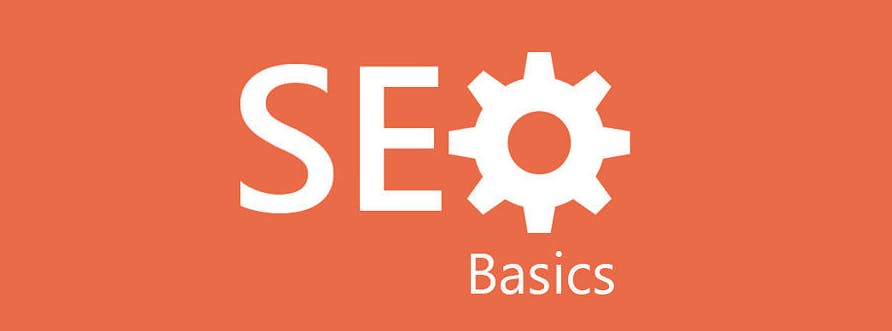
Introducing MyResite: A Game-Changing Dashboard to Replace CommunityWare

Over the years SEO has gone from a way to “game” the system of search result rankings to being a bad word in the marketing industry. However, that was quite a few years ago, now SEO or Search Engine Optimization is a process every website must employ to make sure you can be found online at all. SEO has become a foundation to your website’s online presence.

There are many facets that make up on-page SEO. They exist to help Google and other search engines recognize what your web page is all about. We will lay out what those facets are and the role they play in your website’s optimization so that you can understand what is involved with optimizing your pages.
Meta-title tags
This is what tells the search engine what each page is about first and foremost. As it says in the name this would be the title of your page. This is the best place to start targeting your page properly. Inserting the keyword that your page is targeting into your title tag is one of Google’s best practices for helping search engines to understand the topic of your page.
Meta-descriptions
To add a description of what is on your page sounds very intuitive once you have read about the title tag but these have very different uses for your website. Think of your meta-description as your last chance to convince the person using the search engine that your website will answer the question that they are asking. While Google doesn’t recognize meta-descriptions as a search ranking factor, it does recognize it as a value-add for users. [Source]
Header tags
Not all web pages are the same. You may have a page that covers several different items of a similar topic. This is where Header tags or “H tags” come into play. This can be the header to the page or page title (H1), section of content (H2), or a sub-section to use under H2s (H3, H4, so on). This is tagged this way so a search engine will be able to read the different sections of content on your page and what those sections content may be relevant to. [Source]
Alt-Tags
Alt-tags are used to describe items on your webpage that cannot be read by search engines. Have you picked up on a theme yet? Search engines look at your website and now have a pretty good grasp on the actual words on your website but still have issue with images. Tagging these images and other items on your pages will give the search engines the ability to understand your pages and images best to deliver them as the correct and most relevant results when people are searching.
Content
This brings us to the content on your page. As we have mentioned it is important to help search engines understand what your page is about, the content is describes what your web page is. That’s the words on the page, the images, and any media you may have as well. By including keywords in your content accordingly and understanding what will be appealing for your website visitors you will be able to use your content to boost your SEO value significantly.
Page Speed
Your page speed is the time it takes for all the assets of your website to load and be visible for your site visitors. The average page load speed depending on industry in the US is between 8.3 – 11.3 seconds. This one is a little trickier for the everyday marketing manager to optimize for so leverage your website admin or webmaster of your website. There are many ways to cut seconds off the load time of your website but to start make sure your site’s code is organized and condensed. [Source]

This is not a finite list for optimizing your site with on-page SEO. We wanted to simply provide a reference for anyone that is new to digital marketing or wants to understand the functions of on-page SEO a little more. This list should get you on the right track now go out there and get to it!
Happy Marketing!
The Resite Online Team